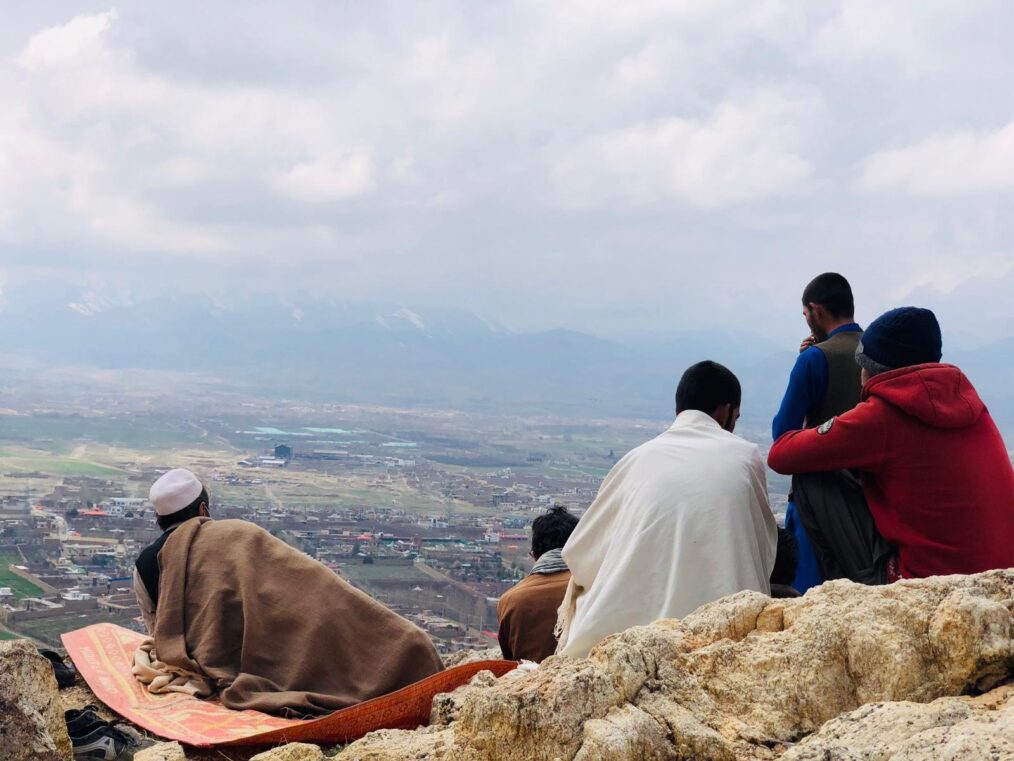As a primary development arising from the United States-Taliban peace deal (now earmarked as the ‘Doha Deal’), on February 29, Afghanistan’s government agreed to the release of 5000 Taliban fighters from prison, coupled with the Taliban release of 1000 Afghan National Security Force soldiers. The approaching mass release of political prisoners is being heralded as a major step towards the relieving of extreme tensions between the Afghan government and the Taliban across the region, as well as a precondition for future intra-Afghan peace talks. However, questions arise regarding the potential consequences of such a substantial development in the Afghan Peace Process.
Concerns Regarding the Release of 5000 Convicted Taliban Fighters
The agreed upon mass release of the imprisoned Taliban fighters has raised major concerns throughout Afghan society, frightened at the potential threat that could be posed to national security upon their release. This is especially relevant when considering that, in the case of the Doha Deal, it is not only the release of the Taliban prisoners that has been agreed upon, but also the steady withdrawal of US troops in Afghanistan, which could leave a growing security vacuum in its wake.
As a measure to prevent the feared threat of post-release violence, Afghan authorities demand a written, pre-release statement from each convicted Taliban fighter, which acts as an assurance that they will not return to the battlefield. However, the signing of an agreement, of course, does not produce an absolute guarantee that the released prisoners will not ultimately go back to fighting. This issue has been further accentuated as it also seems as though no clear strategies have been developed to counter this possible eventuality, meaning that the Afghan government’s only insurance is the written promise of 5000 convicted Taliban fighters.
Regardless of these overarching issues, the whole deal has already been overshadowed with concerns from the Afghan government regarding the time-span and numbers of the eventual release of prisoners; arguing that the release of the prisoners must be a major element of the intra-Afghan negotiations, instead of acting as a precondition.
All of these aforementioned points have one thing in common; concisely, there is major concern regarding the trustworthiness of the Taliban in this deal.
Is the Mass Release of Convicted Taliban Fighters a Major Step Towards Peace?
Certain historical comparisons can be made to illustrate the potential positive outcomes that could arise from the utilization of the mass release of political prisoners as a tool for establishing peace; a lesson that can be learnt from Ethiopia’s recent mass release of political prisoners in 2018.
Throughout the latter half of 2018, Ethiopian Prime Minister Abiy Ahmed pardoned 13,000 political prisoners that had been charged with terrorism or treason. Many of whom were affiliated with the secessionist groups the ‘Oromo Liberation Front’ (OLF) and the ‘Ogaden National Liberation Front’ (ONLF), both of which were previously considered to be terrorist organisations.
One of the primary intentions of this decision was to establish more peaceful relations with the OLF & ONLF groups. And in this regard specifically, the benefits of this decision turned out to be highly successful. Alongside the pardoning of many of its convicted-members, and the legalization of the two secessionist groups, major steps towards peace transpired. The widespread disarming and reintegration of previously convicted prisoners, ceasefires, and an eventual peace agreement between the Ethiopian state and the OLF & ONLF subsequently came almost directly after the widespread pardons.
This example can be used in many ways, especially when compared to that of the current ‘Doha Deal’ of the Afghan Peace Process, and allow the development of certain predictions as to how the events following the mass release of prisoners may transpire. This is just one of many comparisons which can be made in order to highlight that the mass release of political prisoners in Afghanistan could result in the immediate easing of tensions between the Afghan state and the Taliban. With the agreed upon disarmament of released Taliban prisoners, ceasefires and further peace agreements would simply follow-suit if one is to draw comparisons between the Afghan situation and that of other similar cases in modern history.
However, when considering the differentiating situation in Afghanistan, in which the Taliban have violently responded to the Afghan government’s failure to immediately release all prisoners, the current instability is potentially extremely detrimental to the future progress of the deal. Steadily increasing violence, and political bartering between the parties of the agreement, could spell disaster for future negotiations; and in the midst of such turmoil, the idea of the establishment of ceasefires and further agreements between the parties seems almost too far beyond reach.
What Conclusions Can Be Drawn from the Current Situation?
The mass release of political prisoners in Afghanistan as a component of the ‘Doha Deal’ can be considered to be a major step in the Afghan Peace Process. When looking for answers from comparable historical cases, one can suggest that this could be one of the most important decisions for the pursuit of an eventual peaceful conclusion to one of the most controversial and influential conflicts in modern history.
However, considering the extreme violence and tension already arising from the newly conceived deal, and the need for mutual trust and flexibility for the success of this agreement, a predictable outcome to this prisoner release perhaps seems farfetched. Or perhaps it is all too predictable when considering the various collapses which have plagued the many attempts at peaceful negotiation throughout the ever evolving Afghan Peace process.





